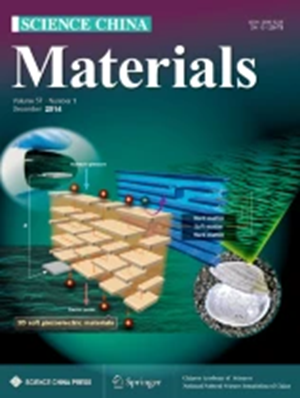Molecular engineering of buckybowl trichalcogenasumanene toward centimeter-sized organic single-crystal arrays and devices
Abstract
Organic semiconductor single-crystal (OSSC) arrays, with superior charge transport and well-aligned properties, are emerging as a fascinating platform for high-performance integrated electronic and optoelectronic applications. Taking advantage of the solution processability of organic semiconductors, solution self-assembly OSSC arrays hold great potential for achieving cost-effective manufacturing of large-area and flexible electronics. While the rational design of molecular building blocks for regulating crystal growth has been achieved, the fundamental principles of molecular structure design for one-dimensional (1D) crystalline nanostructures and the impact of intermolecular interactions in molecular self-assembly remain unclear, limiting the practical application of the solution self-assembly. Drawing inspiration from the concave-convex packing preferences of bowl-shaped polyaromatic hydrocarbons, we propose an innovative molecular engineering strategy for hetero-buckybowl trichalcogenasumanenes to direct the self-assembly of OSSC arrays. The distinctive molecular architecture of trichalcogenasumanenes promotes the formation of 1D crystal arrays via directional concave-convex π-π interactions while effectively suppressing intercolumnar coupling, enhancing structural anisotropy and charge transport properties. Accordingly, the centimeter-sized OSSC arrays are obtained on various substrates via solution self-assembly. Furthermore, high-performance organic field-effect transistors (OFETs) based on these OSSC arrays demonstrate mobility values up to 0.89 cm2 V−1 s−1 with small device-to-device variation, superior to previous buckybowl-based devices. This molecular engineering strategy significantly enhances crystallinity and uniformity, providing a pathway for high-performance, large-area organic electronics.

 求助内容:
求助内容: 应助结果提醒方式:
应助结果提醒方式:


